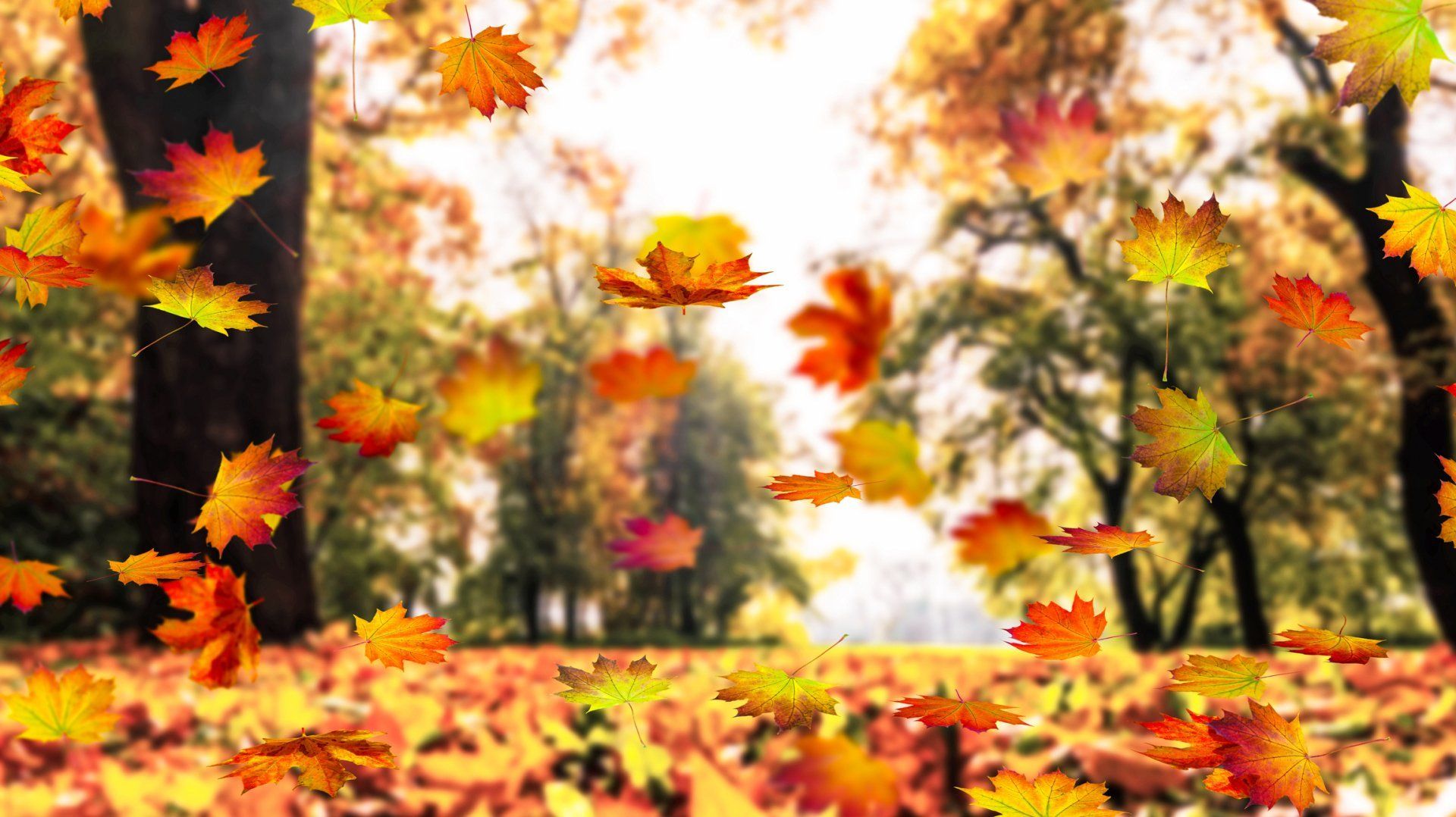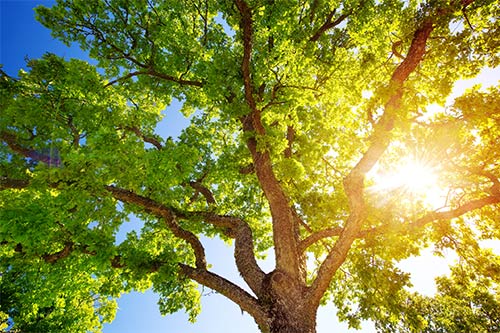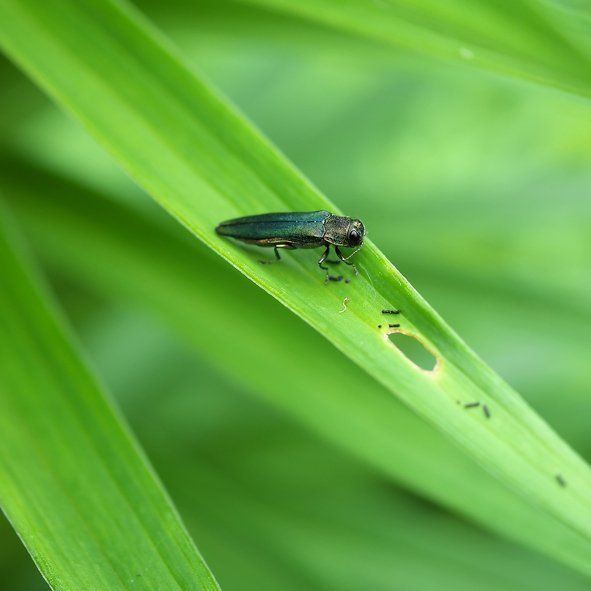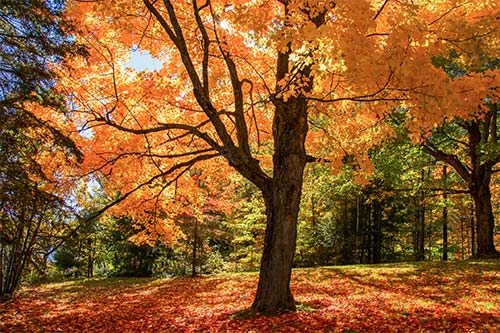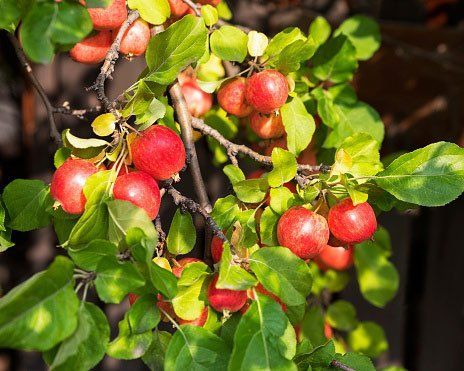Blog Layout
How Flooding Affects Trees and What to Do About It
By Admin • May 30, 2019
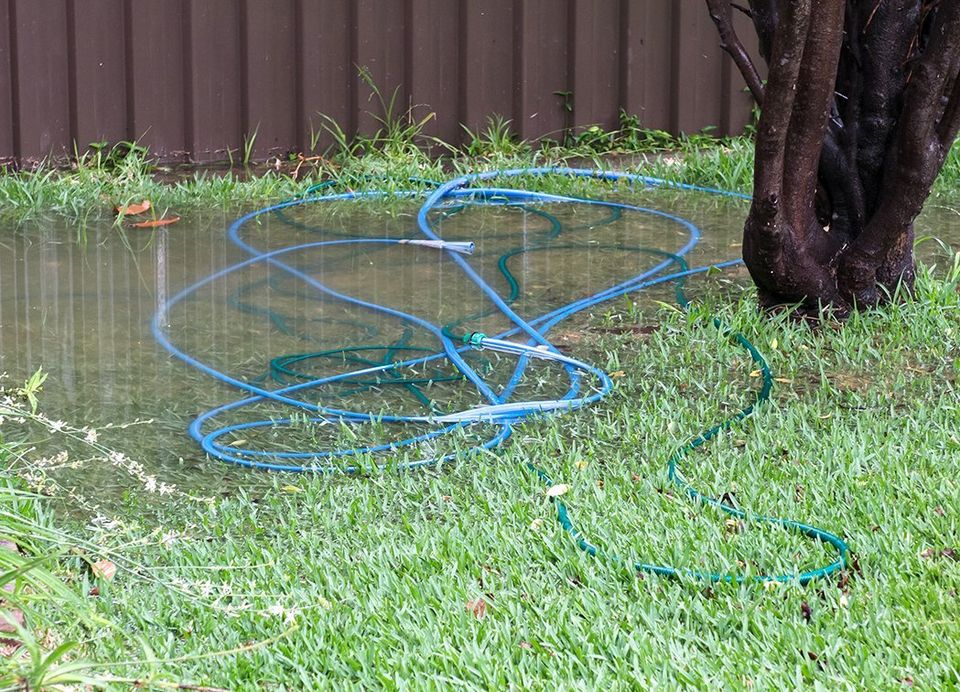
Across the state of Missouri, residents are enduring a late spring hammered by intense storms, tornadoes, and widespread flooding. St. Louis residents face flooding from the Mississippi River, which recently was over 12 feet
above flood stage. Flooding can be very hard on trees and may cause some to die. Here's what you should know about flooding and your trees.
Trees Vary in Their Tolerance for Flooding
If your property is saturated or covered in flood waters, the effects on your trees depend on the tree species, the location of the trees, and the materials left behind after the flooding subsides. Tree species that are native to bottomland forests and wetlands tolerate flooding more than upland tree species.
Upland tree species susceptible to flood damage include:
- Pines
- White oak
- Red oak
- Sugar maple
- Flowering dogwood
Native upland trees can't take long periods of soil saturation. Saturated or flooded soil deprives the upland trees' roots of oxygen they need to grow and thrive.
Bottomland species that fare better after flooding events include the following:
- Green ash
- Sycamore
- Cottonwood
- Silver maple
Some trees withstand up to four months of flooding. Flood-tolerant trees include bald cypress, black willow, and water tupelo. Older trees are more resilient during flooding due to their thicker bark and more expansive root systems.
Summer Floods Are Worse Than Winter Floods
Flooding is not as devastating to trees that are in their dormant phases. For most Missouri trees, the dormant phase occurs in winter and early spring. Trees in the dormant phase can tolerate a week or more of flooding.
When trees are actively growing, the roots consume more oxygen. Mucky, stagnant water over tree roots reduces the ability of the roots to take up oxygen.
Flooding Causes Several Types of Tree Damage
Flooding and soil saturation smother tree roots, but fast-moving waters can also wash away the soil that helps anchor trees to the ground. The exposed roots may decay, dry out, or freeze.
Flood damage to trees can include the following conditions:
- Trauma to trunk from debris in floodwaters
- Secondary infestations of pests, fungi, and diseases
- Failure of roots, causing leaning or toppling
- Breakage and weakening of branches and limbs
- Poisoning from flood-borne contaminants
After a flood, silt is often left behind instead of being washed back out of soil with the flood waters. The silt can be heavy and suffocate tree roots if not removed.
Post-Flood Inspections of Trees Are Vital
Trees should be examined as soon as possible after a flood recedes for signs of trauma. However, if possible, wait until the soil isn't saturated so you don't compact the soil even further over tree roots.
An inspection should include the following observations:
- Damage to trunks and branches
- Hazardous leaning
- Dangerously weak limbs
- Silt deposits on soil
- Disturbed or eroded soil
- Discolored leaves
Hire your tree service professionals to assess your trees for their survivability after the flood. The professionals will give you expert advice on how to proceed with your landscape recovery.
After a flood event, you may be able to save some of your damaged trees. Because insect and fungal infestations are known to occur on stressed and flood-damaged trees, start recovery of your trees as soon as you can.
Steps that can help save your trees include the following:
- Replace washed-away soil
- Remove silt from tree roots
- Prune broken branches
- Salvage adjacent dead or dying trees
- Continue to monitor moisture levels
Your tree service helps you salvage and remove dead trees safely without damaging nearby trees. Tree experts also have treatments and tools to help you manage your forest after a flood and keep your landscape healthy and vibrant.
When flooding impacts your trees in the St. Louis, Missouri, region, contact County Tree Service
as soon as possible to begin recovery of your landscape. We treat trees for diseases and fungi, trim broken branches, and remove dead and dying trees to restore your land and make your property safer after flood events.
BROWSE OUR WEBSITE
CONTACT INFORMATION
EMAIL:
countytree3157@sbcglobal.net
PHONE NUMBER:
314-920-7263
ADDRESS:
925 St. Louis Avenue Valley Park, MO 63088
Payment Options


Content, including images, displayed on this website is protected by copyright laws. Downloading, republication, retransmission or reproduction of content on this website is strictly prohibited. Terms of Use
| Privacy Policy



